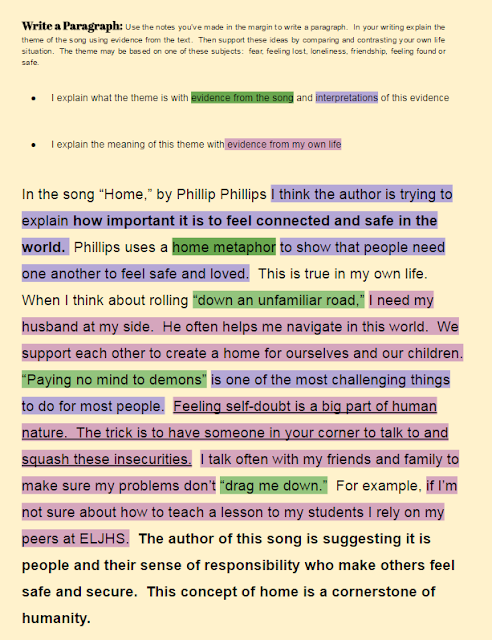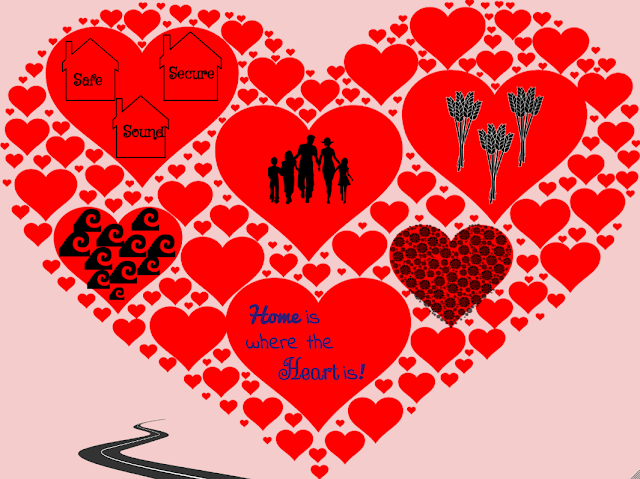"Ghostbusters": You Be the Judge
Goals:
- I identify features that define a comedy. (2.2.14)
- I evaluate the effectiveness of the film by considering the believability of plot and setting, the credibility of characters, and the development and resolution of conflict. (2.3.4)
- I use effective speaking skills. (4.3.3)
- I use effective visuals and display techniques to engage my audience, improve accuracy of content and persuade my audience of my judgement of the film’s effectiveness. (4.3.3)
Students watched "Ghostbusters" and are now evaluating the effectivness of the film with a partner. They are building a presentation to share with the class. See the criteria below:
Criteria for Evaluating Effectiveness of Film:
Content
- Scene Analysis of own funny film
- Explain exaggeration in a clip with specific explanations from the text.
- Explain the serious observation from the same film (second clip)
- Clips are appropriate for school
- Believability of setting and plot
- Explain events that add to the believability of plot
- Explain events that make the plot less believable
- Describe the most believable setting and least believable setting
- Include overall judgement on believability of plot and setting (considering it’s a comedy)
- Use specific examples from the film
- Credibility of Characters
- Explain which character is most credible (credentials, actions)
- Explain which character is least credible
- Include overall judgement on credibility of characters (considering it’s a comedy)
- Use specific examples from the film
- Development and resolution of conflict
- State main problem
- State 2 or 3 complications (events that make it difficult for protagonist to reach goal)
- Explain how problem is solved
- Include overall judgement on the effectiveness of solution. (what worked or what to change)
- Use specific examples from the film
Criteria for Display Techniques:
Organization
- Slides
- Put explanations (specific examples from the film) in the speaker notes and only main points on slides
- Use a minimum of 13 slides (orange, purple and red)
- Slides may be added to accommodate more images
- Minimum font size 18.
- Engagement
- The placement of images creates balance
- Images are clear and match specific information on the slide to improve accuracy of explanations
- Images used are interesting and persuasive; not just the first one found.
Students will rehearse their presentations next week before presenting them to the class.























